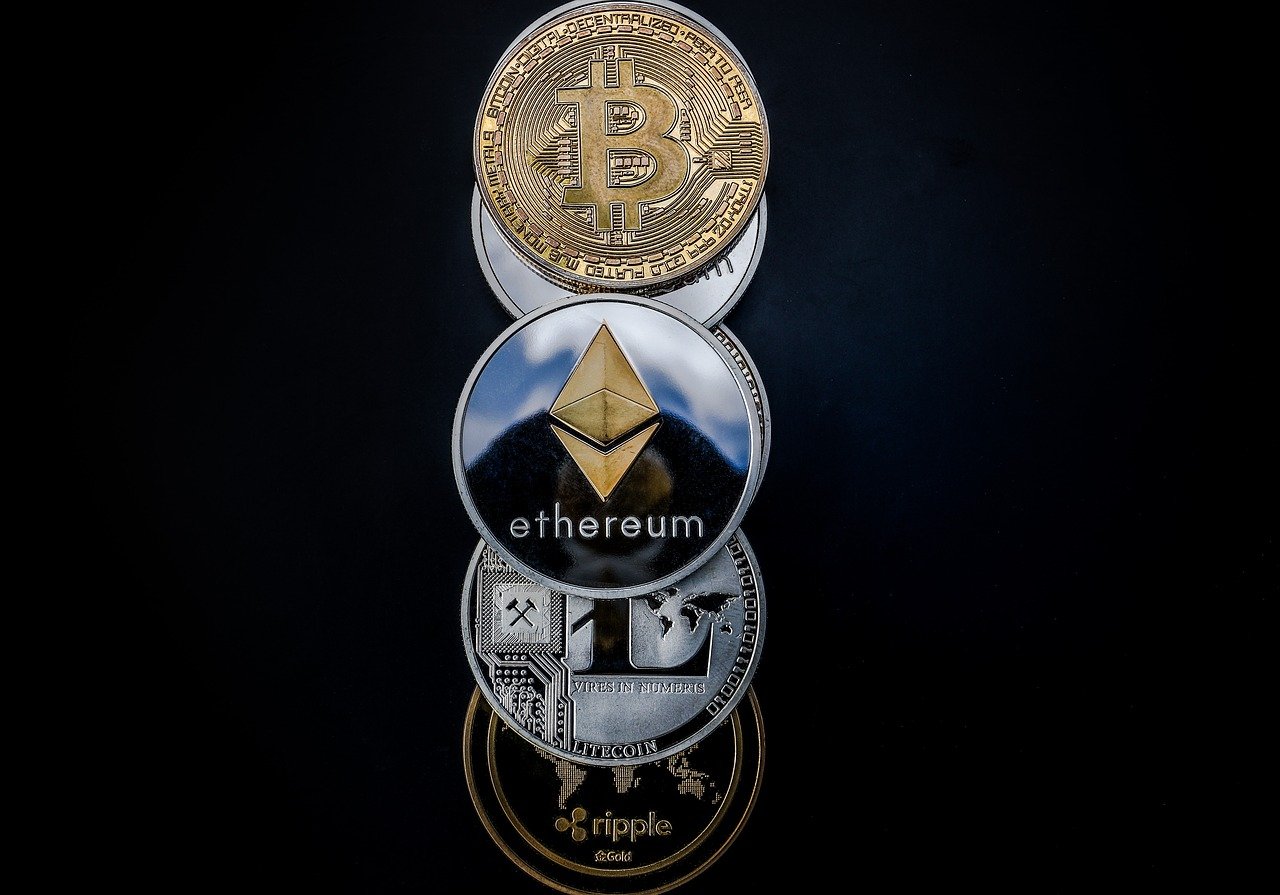Bitcoin is a digital asset that operates on software and has a set of principles and protocols. Bitcoin is the most successful attempt at creating virtual currency through cryptography, a science used in making or breaking codes. After its success, it inspired the formation of Alternative cryptocurrencies known as Altcoins.
The Blockchain
Bitcoin was formulated by a person or group of persons called Satoshi Nakamoto, and its protocol is run on a blockchain. Bitcoin is run on a chain of database blocks arranged chronologically. A user’s gender, ethnicity, nationality, religion, and political standings do not matter when trading in cryptocurrency.
After satoshi formulated a bitcoin blockchain, the developers’ work was done: due to its decentralized nature, the users get about building their wealth, and every transaction is made public.
1. Post-trust
Bitcoin has no physical location, so users cannot protect it by installing physical security measures. Criminals can steal crypto wealth through hacking block platforms. Double spending is another security risk associated with crypto coins due to technological tampering.
Developers and miners can contain these occurrences, trust is required, and this was achieved by a public display that allows all the users to keep an eye on everyone else’s coins in the market. The first step in how bitcoin works are creating trust between the developers and the users and later on amongst users as a community.
2. The Mining Process
Mining is the process that maintains this trustless ledger. Miners are bitcoin users who trade crypto amongst each other as they keep those records public. Mining has been designed to be difficult and time-consuming; this was to curb fraudsters and protect the validity of the bitcoins and earn them a respectable place in the market. Mining with an accompaniment of proof of work has legitimized the bitcoin trade.
3. Halving
Miners are rewarded with bitcoin after verifying blocks of transactions. The blocks are split into halves for every 210,000 blocks mined, and this is referred to as halving. Developers will add more bitcoin to the system after all the coins have been mined, and this is estimated to be around 2140.
4. Hashes
This involves miners’ worldwide receiving transactional data, and they have to run it through cryptographic algorithms to generate a hash. The hash technology allows the bitcoin platform to check on the validity of a block in real-time. The hash blocks are added to the existing strings of blocks that allow real-time confirmation of transactions. Since this process is not as complex as mining, bad actors can still swamp the network with wrong information. That is why bitcoin operates on a proof of work basis.
Blocks mined are put up on the network to be confirmed, and this takes some time. Blocks are not hashed in their entirety; instead, they are broken up into efficient structures.
5. Confirmation Time
To confirm any block, it depends on the type of traffic the network is currently experiencing. The bitcoin protocol required longer or shorter strings of zeroes to hit a new block every 10 minutes. At the beginning of 2008, the difficulty was at 1, and by October 2019, it was 6.379 trillion, which means it is becoming harder to mine bitcoin.
6. Difficulty
Mining is an intense activity that is time-consuming and uses up loads of electricity, and it is highly competitive. At the early stages, miners increased their chances by combining mining pools, sharing computing power, and dividing the rewards amongst themselves. Currently, coins are halved into three hence making it more difficult to mine bitcoin.
7. Bitcoin transactions
Outside of the mining process, bitcoin miners then purchase their cryptocurrency through Bitcoin exchange, an online platform that facilitates transactions of Altcoins and bitcoins. Bitcoin platforms such as the Bitcoin Compass website then bring together traders from all parts of the world to trade, buy and sell their cryptocurrency. This market is, however, very volatile, and the prices keep fluctuating.
8. Keys and Wallets
To protect all investments made, bitcoin users move to store their goods in digital wallets with private keys that are used to access them. It comes down to a public key and a private key. The public key is the address displayed on the blockchain because a sender needs to know where to send the traded coins. For a user to send money, the system requires verification, and that’s where the private keys come at.
To access your bitcoin, you use your wallet, which is a set of keys. The wallets can take different forms like hot wallets- those directly pegged to online services and are vulnerable to hacks; cold wallets are not connected to the internet.
Is bitcoin a balloon? NO. Balloons in finance are lump-sum amounts of money paid at the end of a trading term, especially loans, and they are at least twice as large as the regularly scheduled payments. Bitcoin is not a ballooned currency as the interest rates on borrowed crypto are low, and the loans are paid back just once after a trade. The mining process is profitable and brings high returns.



 Bitcoin
Bitcoin  Ethereum
Ethereum  Tether
Tether  XRP
XRP  Solana
Solana  USDC
USDC  TRON
TRON  Lido Staked Ether
Lido Staked Ether  Cardano
Cardano  Avalanche
Avalanche  Toncoin
Toncoin